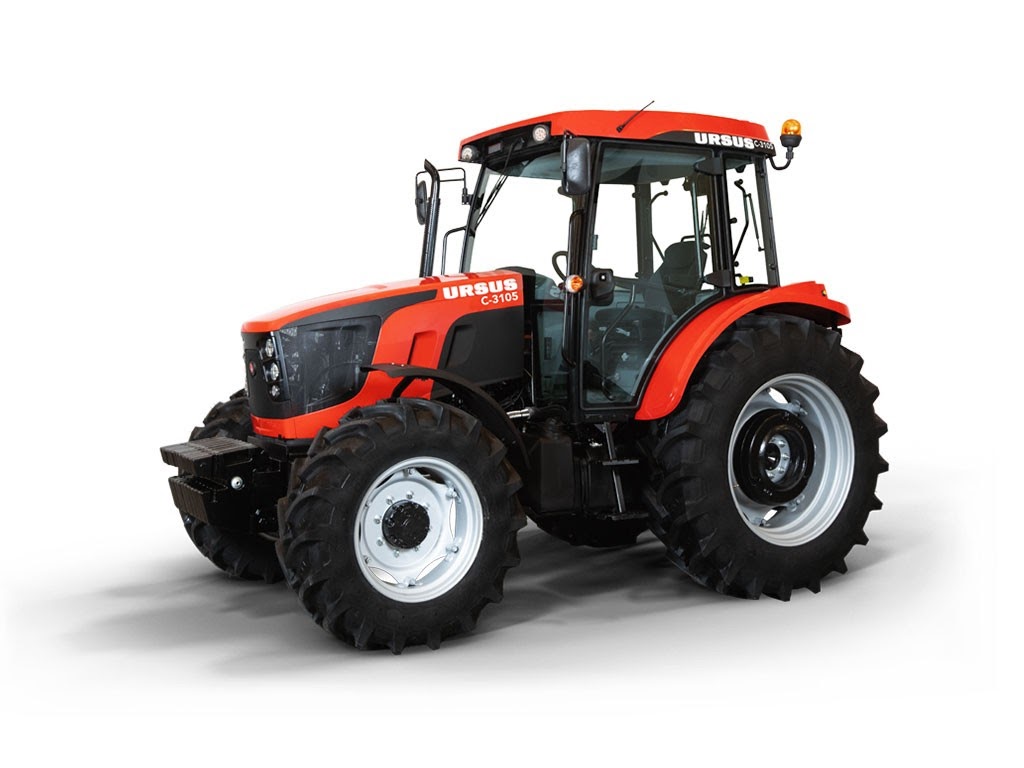YETRAC
Ursus SA: Nurturing a Century-Old Legacy in Polish Agriculture
Ursus SA: Nurturing a Century-Old Legacy in Polish Agriculture
Revolutionizing Farming Machinery and More
In the heart of Poland, amidst its rich agricultural landscapes, Ursus SA stands tall as a symbol of resilience, innovation, and a commitment to excellence in manufacturing. Established in 1893 in Warsaw, Ursus has a storied history, deeply intertwined with the development of agricultural machinery in Poland. This article explores the remarkable journey of Ursus SA, a company that has left an indelible mark on the world of farming equipment.
A Humble Beginning
The Ursus Factory was born in Poland on Sienna Street in Warsaw in 1893, founded by a group of three engineers and four businessmen. Initially, it focused on producing exhaust engines and metal fittings intended for the Russian Tsar. The factory was known as P7P, short for “Posag 7 Panien,” translating to the “dowry of 7 maidens.” This intriguing name represented the daughters of the factory’s founders, who contributed their dowries to establish the initial capital.
In 1903 (or according to some sources, 1907), the factory’s logo received a significant addition – the word “Ursus,” inspired by the bear character from Henryk Sienkiewicz’s novel “Quo Vadis.” This addition marked a transition as the Ursus Factory ventured into producing internal combustion engines.
War and Resilience
The 1930s brought challenges, including the global financial crisis, leading to the nationalization of the Ursus Factory under the umbrella of Państwowe Zakłady Inżynieryjne (National Engineering Works, PZInż). During World War II, the factory produced military tractors, tanks, and heavy machinery for troops under German control.
After the war, Ursus started manufacturing the Ursus C-45, which closely resembled the German pre-war Lanz Bulldog tractor. Subsequently, in the 1950s, Ursus began producing tractors based on a design from Zetor.
Bilateral Agreements and Expansion
The 1960s saw a growing demand for tractors in Poland, prompting a bilateral agreement between Poland and Czechoslovakia. Czechoslovakia would supply Ursus with the necessary parts to modernize the factory, and in return, Poland would provide raw materials to Czechoslovakian factories. This collaboration aimed to establish a joint tractor industry, producing 120,000 tractors annually, as Poland was only manufacturing 15,000 at the time.
The Solidarity Movement
The Ursus factory and its workers played a pivotal role in the solidarity movement during the 1970s and 1980s. In 1976, Ursus workers went on strike in response to rising food prices, effectively disrupting rail lines and prompting the government to withdraw the price increase.
In 1980, Ursus factory workers staged a strike to protest the detention of Jan Narozniak, a volunteer printing worker at the Warsaw chapter of Solidarity. They also advocated for a five-day workweek. In 1988, Ursus workers occupied the plant canteen, demanding increased wages, the release of imprisoned workers, and the legalization of Solidarity and the Independent Students’ Association.
Investment Under Gierek
The 1970s saw Ursus as a focal point of extensive investment under Edward Gierek’s leadership. Massive loans were taken from western banks to import modern equipment and expand Polish industry. Unfortunately, these investment programs became inefficient, leaving Poland with substantial debt.
Ursus, too, felt the repercussions, with substantial investments resulting in a modern Massey Ferguson tractor model that could not be sold in the West due to political reasons during the Cold War. This situation led to a significant production shortfall compared to the target of 75,000 tractors annually, with only 500 being produced.
Challenges and Restructuring
The 1990s presented Ursus with numerous challenges, including a decline in tractor production, falling from 60,000 tractors per year in 1980 to just 16,000 in 1995. Enormous debt incurred during the expansion of the 1980s hindered Ursus’s daily operations.
In 1996, a significant portion of Ursus’s debt was written off, offering some relief. However, tractor sales continued to dwindle, reaching a historic low of 1,578 units in 2006.
Ursus SA: A Resilient Comeback
Despite the challenges, Ursus persevered. In 1998, Ursus Company was established through restructuring and cooperation among several entities. Ursus remained in production and became a part of the Bumar Industrial Group, marketing its products domestically and abroad.
In 2007, Turkish company Uzel Holding acquired a majority stake in Ursus, bringing renewed hope for the brand. In 2011, Pol-Mot acquired Ursus from Bumar Ltd., marking another chapter in Ursus’s history.
Diversification and Expansion
Ursus’s resilience and adaptability led to diversification beyond tractors. A joint venture with the Ukrainian company Bogdan resulted in an order for 38 trolleybuses for the Lublin, Poland, trolleybus system. Ursus expanded its presence in Central Europe and explored new avenues, including the production of electric buses.
In 2014, Ursus signed a significant agreement to deliver 3,000 tractors to Ethiopia, further cementing its global presence and reputation.
A Legacy of Innovation
Ursus’s legacy is one of innovation, resilience, and unwavering commitment to Polish agriculture. Its journey, from producing exhaust engines to becoming a global player in the farming equipment industry, is a testament to the company’s enduring spirit.
Product Range
Ursus has produced an extensive range of tractor models over the years, meeting the evolving needs of farmers. Some notable models include Ursus C-45, Ursus C-360, Ursus 1002/1004, Ursus 1201, Ursus 5322/5324, Ursus 8024, and many more.
Ursus SA’s remarkable journey is a reflection of Poland’s agricultural history and its spirit of resilience. From its humble beginnings to becoming a global player in the industry, Ursus continues to contribute to the world of farming equipment and beyond, shaping the future of agriculture in Poland and beyond.

